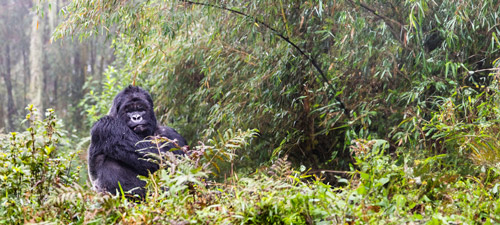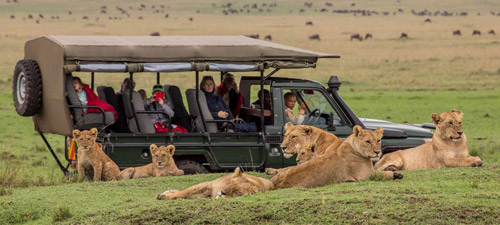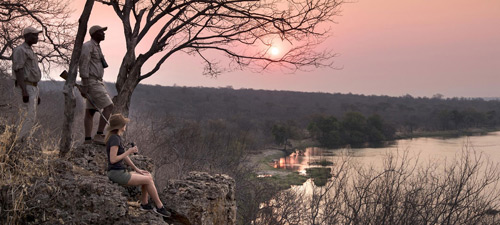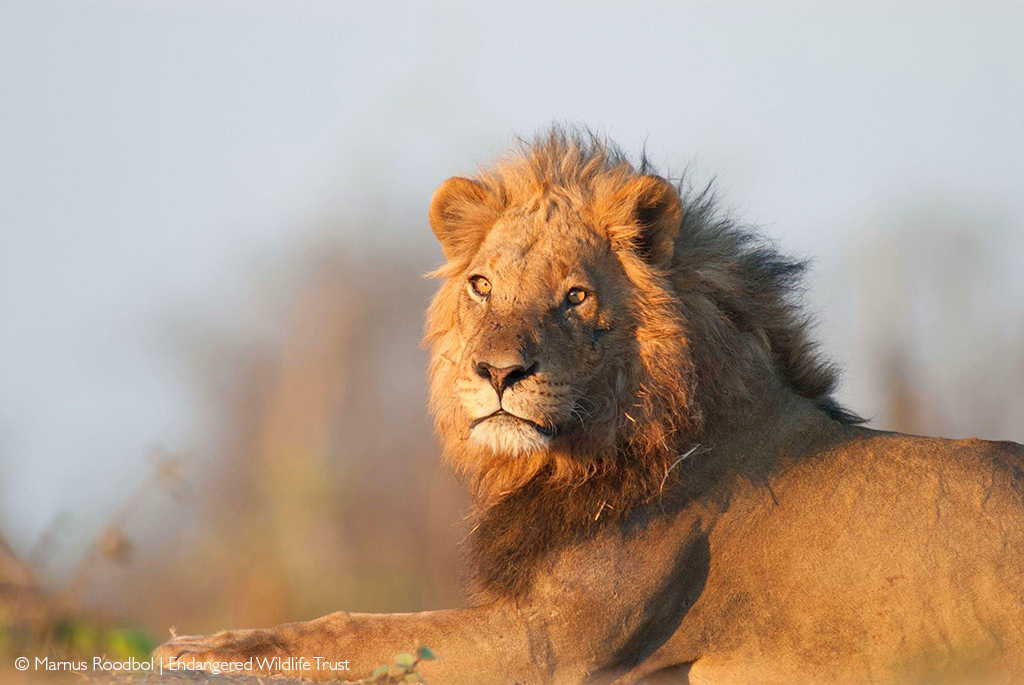
Anecdotal evidence from Kruger National Park often suggests the south of the park offers better lion viewing than the north. Some of the best Kruger lion sightings occur in the Satara-Skukuza region. But is this merely a matter of terrain, lion density, road geography or luck? Or does it reflect lower lion numbers in Kruger’s northern areas? A recent survey by the Endangered Wildlife Trust (EWT) has provided fresh insight into Kruger National Park’s northern lion population. As conservationists work to understand the challenges facing these apex predators, the findings highlight key trends that could influence future wildlife management strategies.
The Greater Limpopo Transfrontier Conservation Area (GLTFCA), which includes South Africa’s Kruger National Park and Limpopo National Park in Mozambique, is known as one of Africa’s last ten lion strongholds. However, a recent lion survey by the Endangered Wildlife Trust (EWT) has shown worrying data on the lions of the GLTFCA. The survey took place in Kruger’s Nxanatseni North region, which includes the Pafuri, Vlakteplaas, Punda Maria, Shangoni, Woodlands and Shingwedzi sections – an area covering 5162km2. The survey, conducted in collaboration with South African National Parks, shows a potential 63% decline in lion numbers in the area over the 18 years spanning the most recent surveys.
Previous lion surveys indicated larger populations, with fluctuating results. In 2005, a call-up survey estimated the population to be 283. Three years later, a survey with reduced sampling estimated the population to be around 75 lions. In 2015, the original 2005 call-up survey was replicated, resulting in an estimate of 119 lions. And then, a 2023 estimate put the population at 122 lions. The EWT’s latest count aligns closely with the latter two surveys, indicating a population of around 105 lions. What is concerning, however, is that the latest numbers represent the lowest number recorded in the past 10 years.

The results revealed that lion density is lowest in the Pafuri and Punda Maria areas. These areas are thought to suffer from relatively high levels of snaring for bushmeat. Here, lions have also been caught as by-catch in snares set for other wildlife, and some have also been poisoned as a means to harvest their body parts.
Additionally, the data indicates that proximity to water is a significant factor influencing lion density across the landscape. Lion populations were the highest in areas close to water sources. While lions are not directly dependent on fixed water sources (they do not need to drink every day, and obtain some much-needed moisture from prey), their primary prey species are. The closure of artificial waterholes in the Kruger may have had an impact on lion numbers and density in this semi-arid Nxanatseni North region.
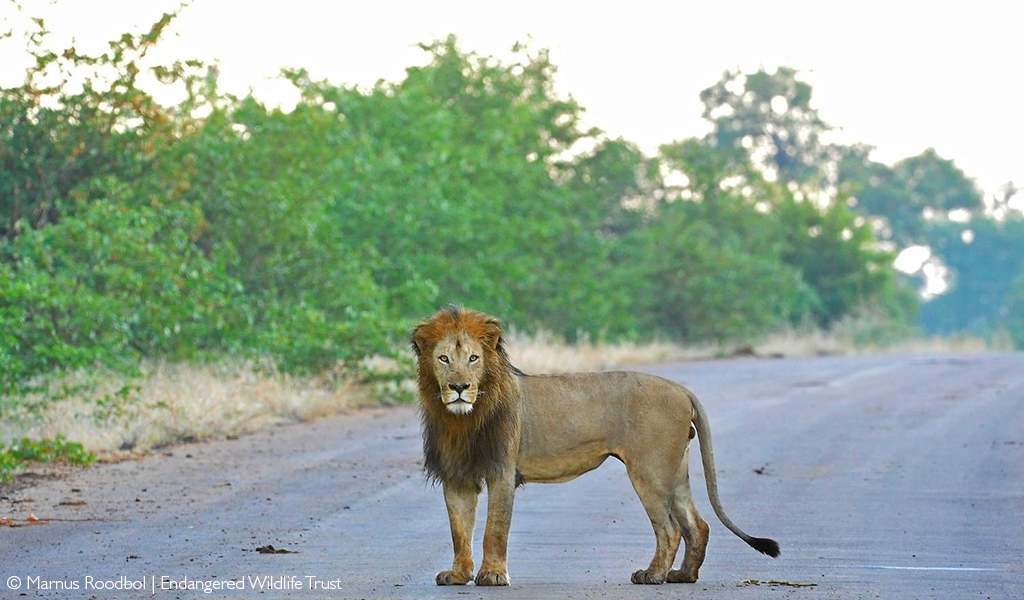
Important to note is that technology and conservation methods have greatly improved over the past few years, as have survey methods. Previous surveys used a technique known as lion call-ups or call-ins, where recorded buffalo distress calls played through speakers attracted lions to preselected sites at least 8-12km from each other. But, this method had limitations, including the risk of double counting individuals, and limitations in times of poor weather.
Understanding how many lions roam Africa’s wild spaces is not just an academic exercise – it’s a crucial step in ensuring their survival. Conservationists have long grappled with the challenge of accurately estimating lion populations. But, a different approach to counting lions by their whisker patterns – a means of identification that is similar to the way we use the human fingerprint – provides a deeper insight into the makeup of lion populations By combining camera trap data, GPS tracking, and statistical modelling, researchers can provide a greater insight of individual lions within a population. This assists in drafting future plans for lion management within conservation areas.
In the survey, researchers used camera traps and their own photographs to capture lion data. These techniques allowed them to capture high-quality photographs of the lions to identify individual animals based on their unique whisker spot patterns. They would then create a studbook to determine whether they had identified the same lions in different areas.
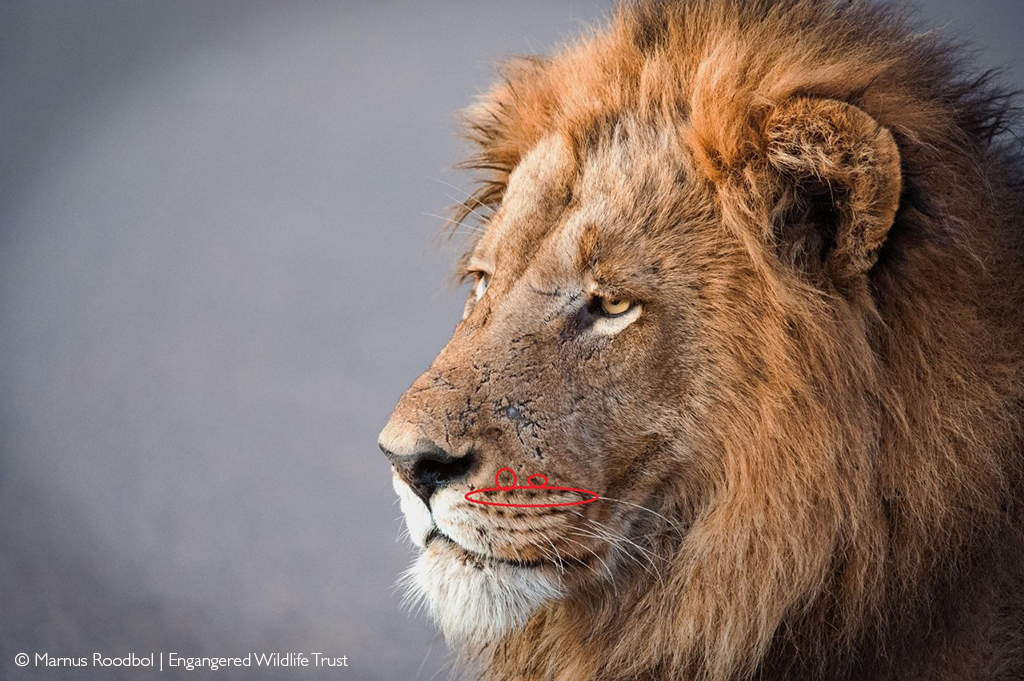
“Once we cross-referenced the lions identified to those already in the studbook, we could determine whether they were new lions or needed to log them as duplicates. The ideal scenario is to recapture [data on] the same lions in an area as many times as possible, and not to find new lions for several weeks,” explained Marnus Roodbol, the EWT’s Carnivore Conservation Programme Lowveld Project Manager.
Researchers also excluded any lions under the age of one year, as this age group tends to have a high mortality rate. “There are so many environmental factors contributing towards the mortality of young lions such as male lions, other lions fighting around a kill, snakes, hyena, etc. Once they break through the one-year gap, we can be safe to say that they have a higher chance of survival,” says Roodbol.
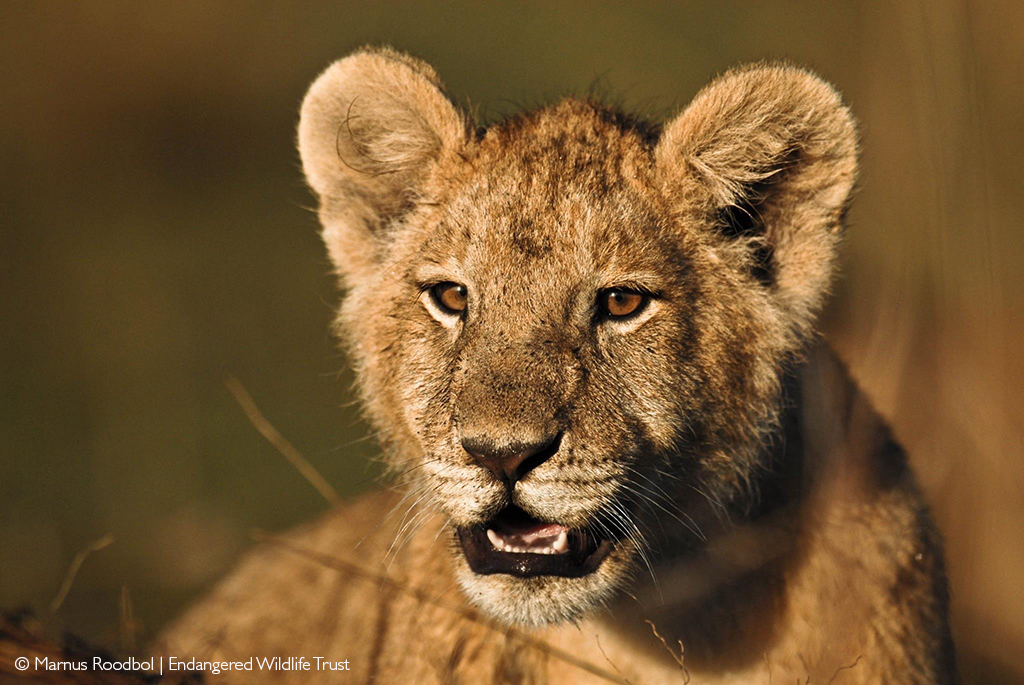
Counting lions in a vast wilderness such as Kruger is no easy feat and comes with challenges. Scientists drove 10,006 km and deployed camera traps for 2,684 trap nights during the survey. But Roodbol explains that capturing data on the same lions presented a challenge. “The northern lions can be very skittish due to, for example, low tourist numbers in the north of the Kruger National Park and fewer roads where they are exposed to tourists.”
Furthermore, road closures and ongoing habitat restoration efforts, which made accessing certain areas difficult, compounded the situation. Patience was essential, as capturing the necessary images of both sides of an individual lion was no simple task.
According to Kruger National Park communications and marketing manager Isaac Phaahla, similar surveys take place in the south of the park. However, it does seem that the north’s lions are declining faster. On why this is the case, he has some answers. “The result of the survey looks at different suppositions, water availability, poisoning, and snaring, but it neglects to look at the huge hyena population in the area. There is also the aspect of lions not knowing human borders, and they sometimes end up in Zimbabwe or Mozambique,” says Phaahla.
With lion survey numbers over the years showing a decline in Africa, conservationists must determine how often to conduct these surveys moving forward. “We will look at doing these surveys either annually or biannually with SANParks,” Roodbol confirms. More frequent monitoring will help track population trends more accurately and assess the effectiveness of conservation strategies.
The goal is not just to determine how many lions exist but to understand how they are distributed across different landscapes and how their populations are connected. Conservationists stress that without precise data, interventions – such as creating wildlife corridors to connect isolated populations – are based on guesswork rather than science. As climate change, habitat loss, and human-wildlife conflict continue to threaten Africa’s lions, the ability to count these big cats correctly may well be the key to their long-term survival.
As apex predators, lions play a crucial role in maintaining the balance of Kruger’s ecosystem. Their decline could have far-reaching consequences for the park’s biodiversity. Continued research, improved conservation measures, and increased awareness will ensure these iconic big cats continue to roam Kruger’s landscapes for generations to come.

Want to go on a lion-seeking safari? Browse our top safaris showcasing the Big 5. Or longing to visit Kruger? Check out our ready-made safaris to Greater Kruger. Alternatively, we’ll help you plan your niche and tailor-made lion safari.
Further reading
- Africa’s lions are disappearing. New research shows that lion populations across the continent have declined by 75% in just five decades
- For the best chance of seeing lions in the wild, head to one of Africa’s top lion hotspots – as recommended by AG safari experts
- Does lion pride behaviour change between fenced & open systems? Researchers monitoring lions in Kruger, Pilanesberg & more aim to find out
- You can help save the free-roaming lions of Africa – read more about our Collar a Lion campaign
To comment on this story: Login (or sign up) to our app here - it's a troll-free safe place 🙂.![]()




